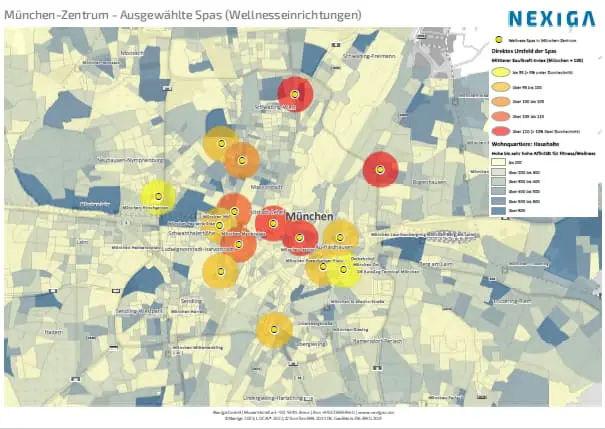For a long time now, people have been trying to draw conclusions about the overall economic situation on the basis of everyday observations. At present, for example, we are once again reading more frequently about the so-called lipstick index.
This indicator was created by former CEO Leonard Lauder of the Estée Lauder cosmetics group. The Lipstick Index is thus considered a kind of economic indicator and is characterized as a "soft" indicator.

From lipstick and haircut index
Lauder claimed that sales of lipstick would reflect the general state of mind of consumers and, representative of sales for cosmetics as a whole, could serve as a kind of indicator of current purchasing power or spending behavior. Specifically, increased sales of lipsticks during a period of economic recession or stagnation are said to represent a substitute action for the purchase of much more expensive products such as fashion, jewelry and shoes, as customers would adjust their spending behavior. After all, a lipstick achieves an immediate impact. It's about affordable luxury that nevertheless sends a visible message to the environment. In fact, sales of lipsticks or inexpensive cosmetics increased after the Internet bubble burst in the early 2000s and during the financial crisis of 2008 and 2009, as Postbank explains.
The Haircut Index is also said to provide interesting insights: when the economy is good, people go to the hairdresser more often (every six weeks); in downturn phases, visits to the hairdresser are stretched out over time and people only have their hair cut every eight weeks.
There are other similar indices. Despite all skepticism about such soft indicators, it is plausible that there are indeed correlations between the economic situation and consumers' habits.
Personal wellness oases in trend
Soon, a first provider in Bonn will rent out private spas for up to four people on an hourly basis. The location in a commercial area certainly does not promise the charm of a climatic spa, but it is expedient in terms of accessibility and a catchment area that is also likely to extend toward Cologne.
The term spa derives from the spa town of Spa in eastern Belgium, today better known for occasional Formula One races. The place was once popular above all with British tourists, who visited the spa from the 16th century onward. Since the 1950s, the term has generally stood for wellness facilities and bathing areas in hotels.
Our map (PDF) shows examples of selected wellness facilities as points of interest (POI) for the core area of Munich. If we look at the direct surroundings of the locations (a radius of 500 meters) and determine the average purchasing power as an index on the basis of the fine-grained residential neighborhoods, a very heterogeneous picture emerges. The immediate neighborhoods show both below- and above-average values, but the catchment areas of customers will certainly extend far beyond this (due to preferences, transport routes to and from work, etc.).
So where are potential target groups for the wellness spas to be found? In the background of the map, the Nexiga residential neighborhoods are shown, classified according to the number of households with high to very high affinity for wellness and fitness. For this purpose, we divide households into a total of 9 classes (very low to very high affinity). Classes 7 to 9 were combined for the map and show the absolute potential that exists in various neighborhoods, especially outside the center of Munich.
New purchasing power data available soon
Whether wellness spa, body lotion or Thai massage: In not-so-rosy times, many people rely on affordable luxury. The development of real purchasing power (after deducting the still very high inflation) still remains fraught with many question marks: how stable will supply chains or energy prices remain, what about wage development, how well is interest rate policy working?
Nexiga calculates extensive data on purchasing power for 2023, as it does every year. Per capita purchasing power of EUR 24,949 was reported for 2022. Purchasing power as disposable income is recorded at the place of residence of income earners and comprises income from employment and self-employment, from agriculture and forestry, from renting and leasing, from assets and from numerous transfer payments.
The latest data on purchasing power will be available soon.

